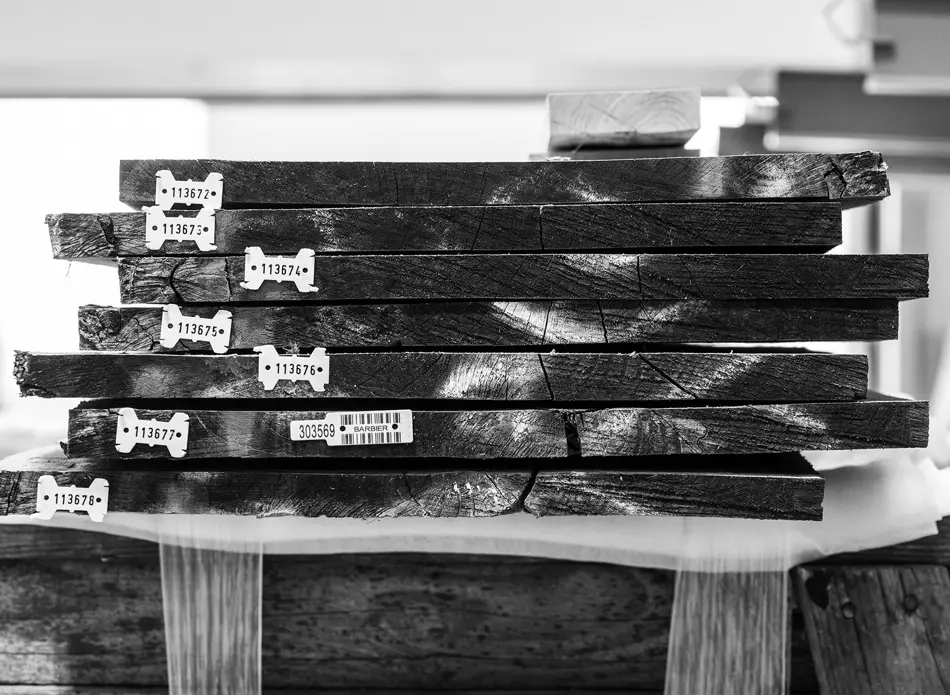The Mighty Oak
A national symbol of British strength, power, resilience and determination. Playing an essential role in natures ecosystem, the oak tree supports more life than any other native tree species in the UK; let alone when a true countryman or farmer allows a long-deceased oak to stand defiantly in a cornfield, offering sanctuary to a myriad of creatures for many years beyond its demise.
Oak has other uses too.
It is said that King Charles II concealed himself in an oak tree after the battle of Worcester in 1651 near to Boscobel house in order to evade Parliamentarian forces.
Perhaps one reason why the most popular pub name in England - ‘The Royal Oak’ came to be.
Aside from royal hideouts, the oak tree is deeply impressive in almost every way and one of the finest and sturdiest of materials to work with.
Like making kitchens.
There is something quietly grounding and calming about presence of a natural material like oak.
A material that deserves to be adored. Satisfyingly tactile, you want to touch it, work with it, enjoy it. Live with it.
A material that responds to the very complex or simplest of designs, leaving room to breathe, quietly showing off a curve or join or indeed those most beautiful gnarly, knotty bits. To us, nothing is ugly.
We tend to use oak in an old-fashioned way, but for a modern outcome. Old fashioned because we crave certain cuts, like a chef choosing his ingredients, for a given result. Understanding the tree as a whole. We often seek out the culinary equivalent of the ‘lesser cuts’ as this is also where the flavour resides. To work with these elements successfully, one needs to understand the alchemy of ‘low and slow’. A gnarly, knotty piece of oak is unstable in many dimensions, but has huge intrinsic strength in others. Have you ever tried to split kindling from a block of twisted knotty oak? it stubbornly defies every attempt.
Now there are kitchen companies and there are kitchen makers. Never one and the same. It is this understanding of our core materials which allows us the freedom to work in the way we do, sometimes flouting the conventional rules.
Inglis Hall are makers, through and through. To us, a well-made kitchen enriches the everyday tasks and gives joy in simple daily routines.
An inherent appreciation for quality materials, we submit humbly to the mighty oak.
We choose to share our lives with these often-ancient beings - if you count back the annular rings - by working them, transforming them and including them into furniture that will last a lifetime. Furniture that we guarantee will last a lifetime.
We approach every kitchen as a complete end to end, nose to tail material process from the actual oak tree or log to a finished element of kitchen furniture.
So how do we do this? Is this just a great sounding story?
Well, no, we personally hand pick, often a complete log (also known as a ‘boule’) from our friends at English Woodlands Timber. The beauty of buying the whole log, with boards typically sawn through and through at 1” or 1 ½” thickness (for the majority of our furniture needs) - is that every board is related, and instantly belong together, sister and brother.
Essentially a tree comes in and a kitchen comes out. It makes sense to us and to the people that work with us.
That’s Inglis Hall.
